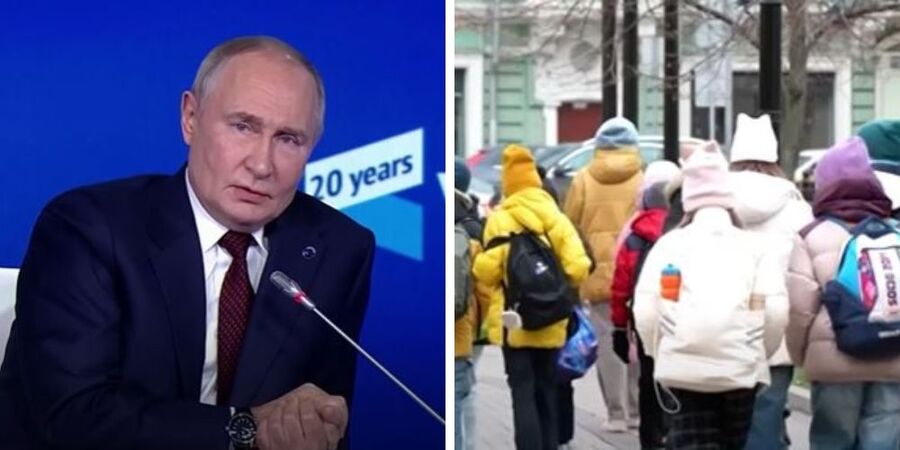Amid a demographic crisis marked by declining births and an aging population, Russia is moving to counter “child-free propaganda” with new legislation that criminalizes advocacy for not having children.
According to the Washington Post, the broad language of the law could impact content on television, social media, and advertising, as it does not clearly define what constitutes “propaganda.” This ambiguity raises concerns that media portraying childless individuals as content or large families as unhappy could face repercussions.
The Russian government’s push for the bill is part of a broader campaign to promote “traditional Russian values” and encourage larger families. President Vladimir Putin has repeatedly highlighted the country’s demographic challenges, describing them as a national security concern that “haunts” him.
Critics see the measure as an attempt to control personal freedoms. Daria Serenko, a co-founder of the Feminist Anti-War Resistance movement who left Russia, argued that the law represents a broader effort to control citizens’ private lives.
“This is a situation where the state wants to have monopoly on your body, on your voice, on your private life, on everything,” she claimed, per the Washington Post.
“There is silence,” Serenko added. “This is taboo. Women do not talk about it. They are afraid. Women do not want to go to court because they know very well what the consequences will be.”
Experts caution that women who share posts on social media about the struggles of parenthood may be punished. Contraception companies might also face restrictions on advertising, as they risk being perceived as promoting a child-free lifestyle.
“It will be impossible to say or write anything that is aimed at creating a ‘positive image of childlessness and a conscious desire not to have children,’” warned the Russian rights group First Department. “The ban on ‘child-free propaganda’ threatens not only those who protect the rights of women and girls … but everyone. If the bill is adopted in its current form, the phrase ‘How can you give birth when there is such poverty in Russia?’ will be punishable.”
The demographic crisis facing Russia is significant. According to the Washington Post, Russian demographer Alexander Raksha estimated that Russian deaths would outnumber births by 608,000 this year. Russia’s statistical agency reported that the first half of the year saw the lowest birth rate since 1999.
Kremlin spokesman Dmitry Peskov described the population decline as “catastrophic for the future of the nation.” The government has since called on women to start families at younger ages, with Putin advocating for a revival of “wonderful traditions” where mothers would have seven or eight children.
This Story originally came from humanevents.com

